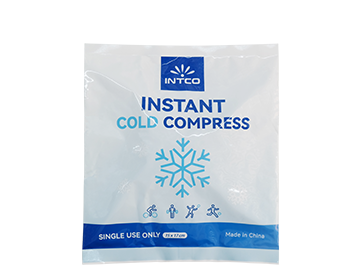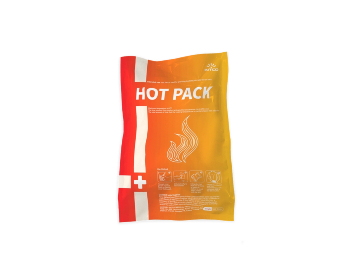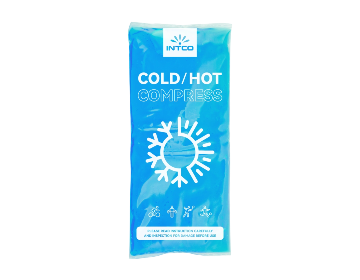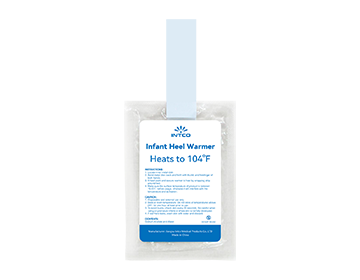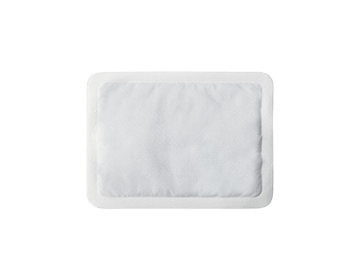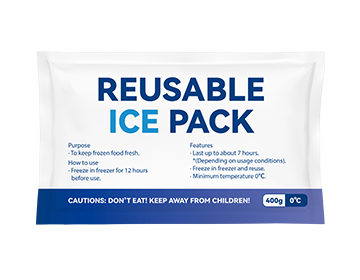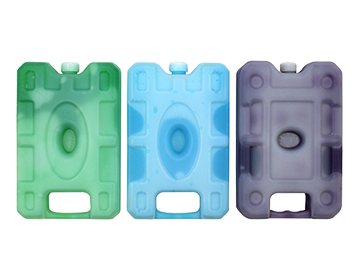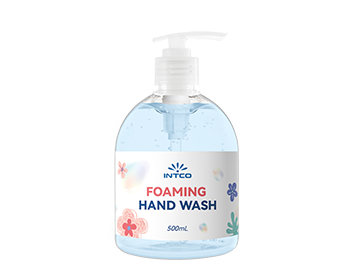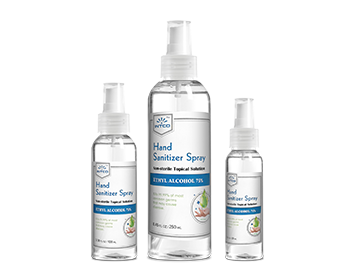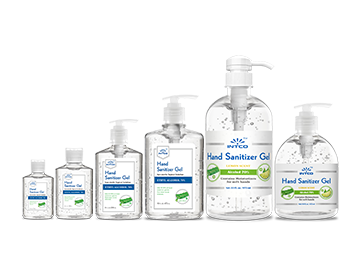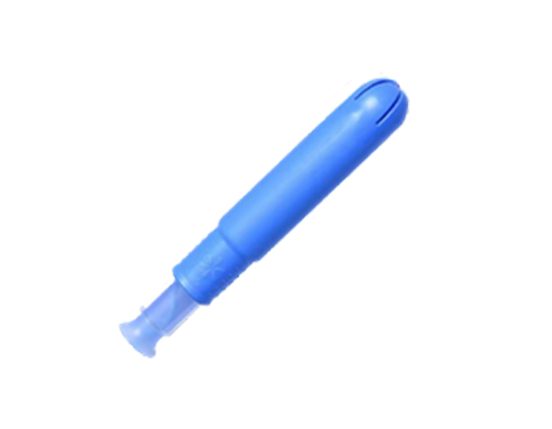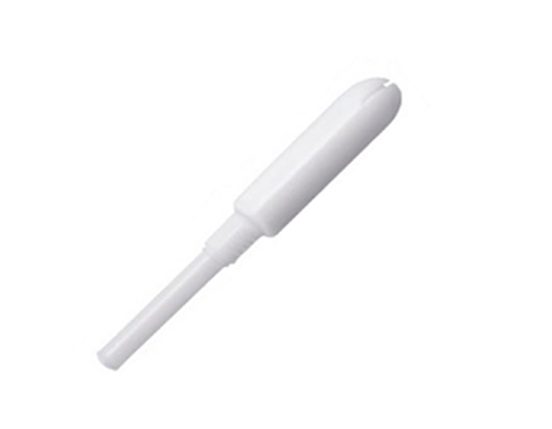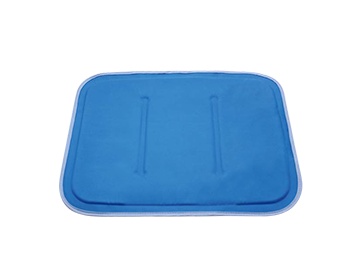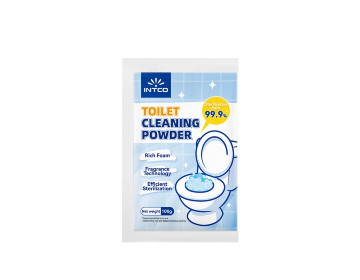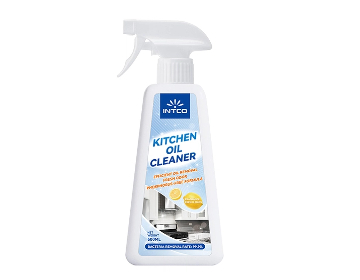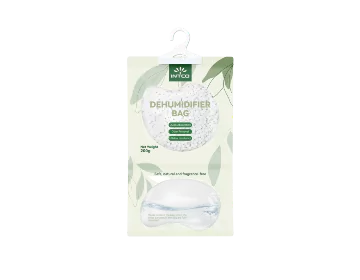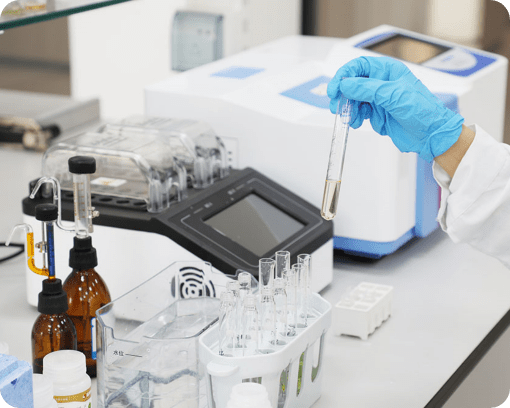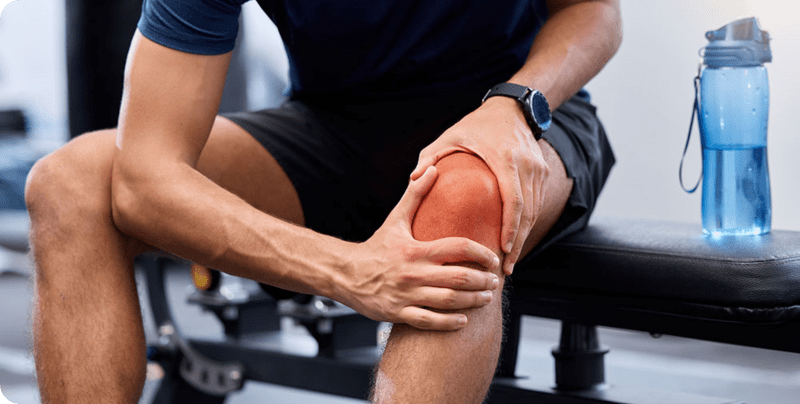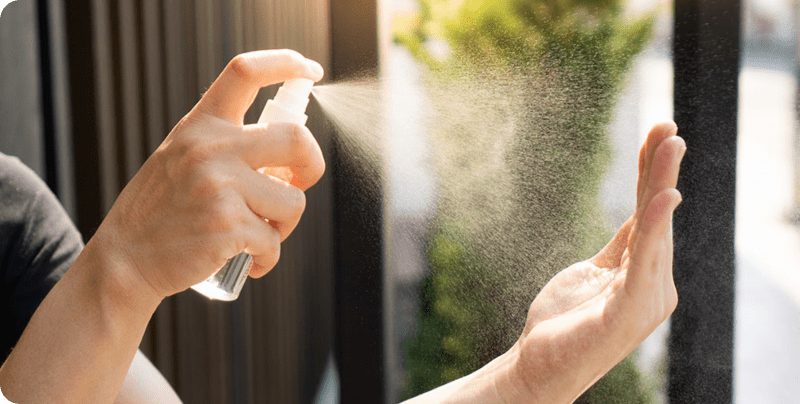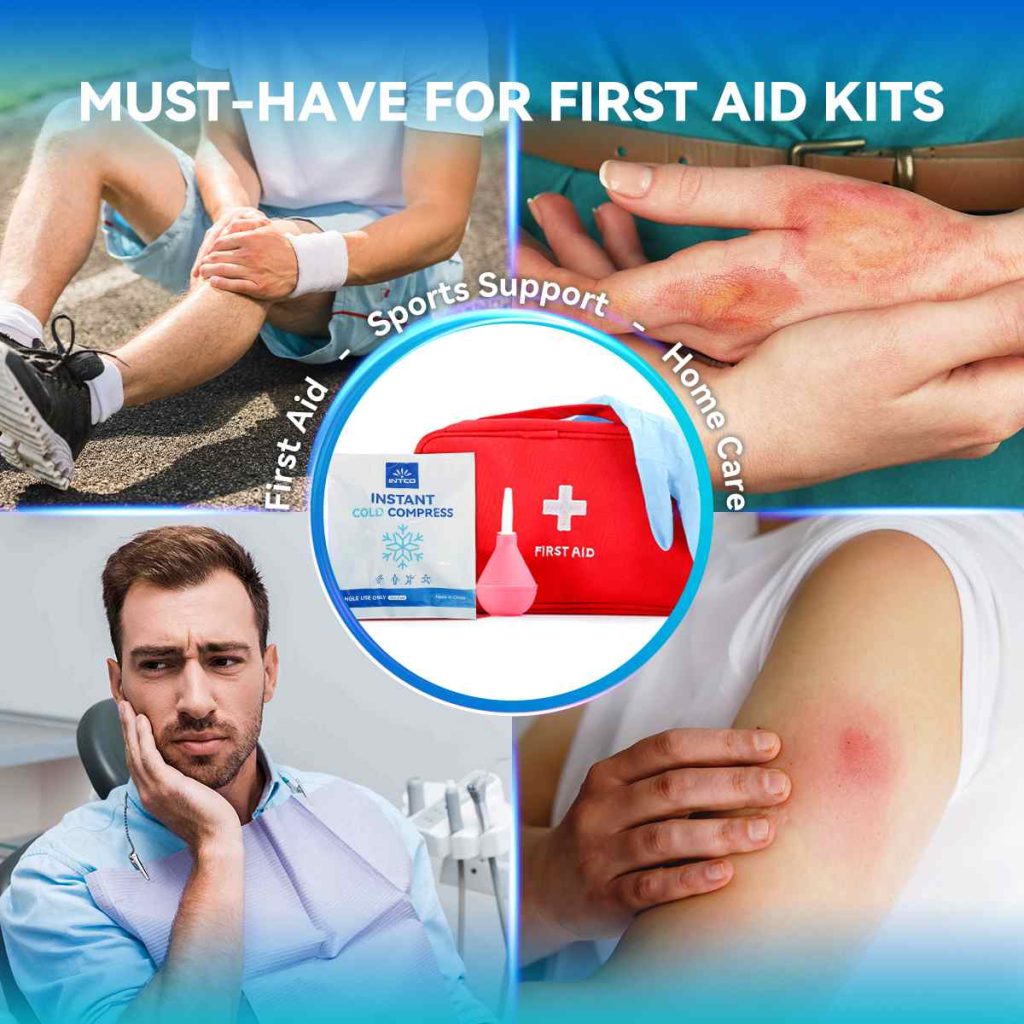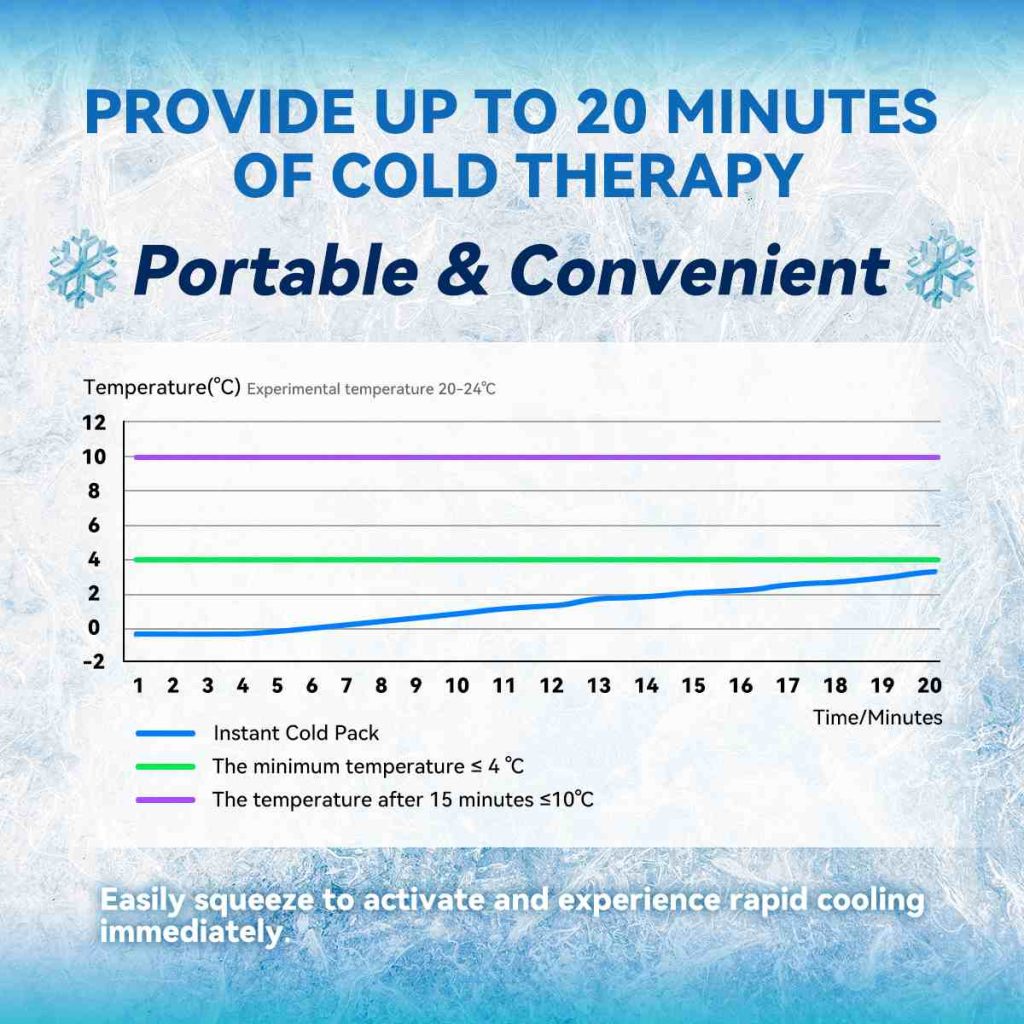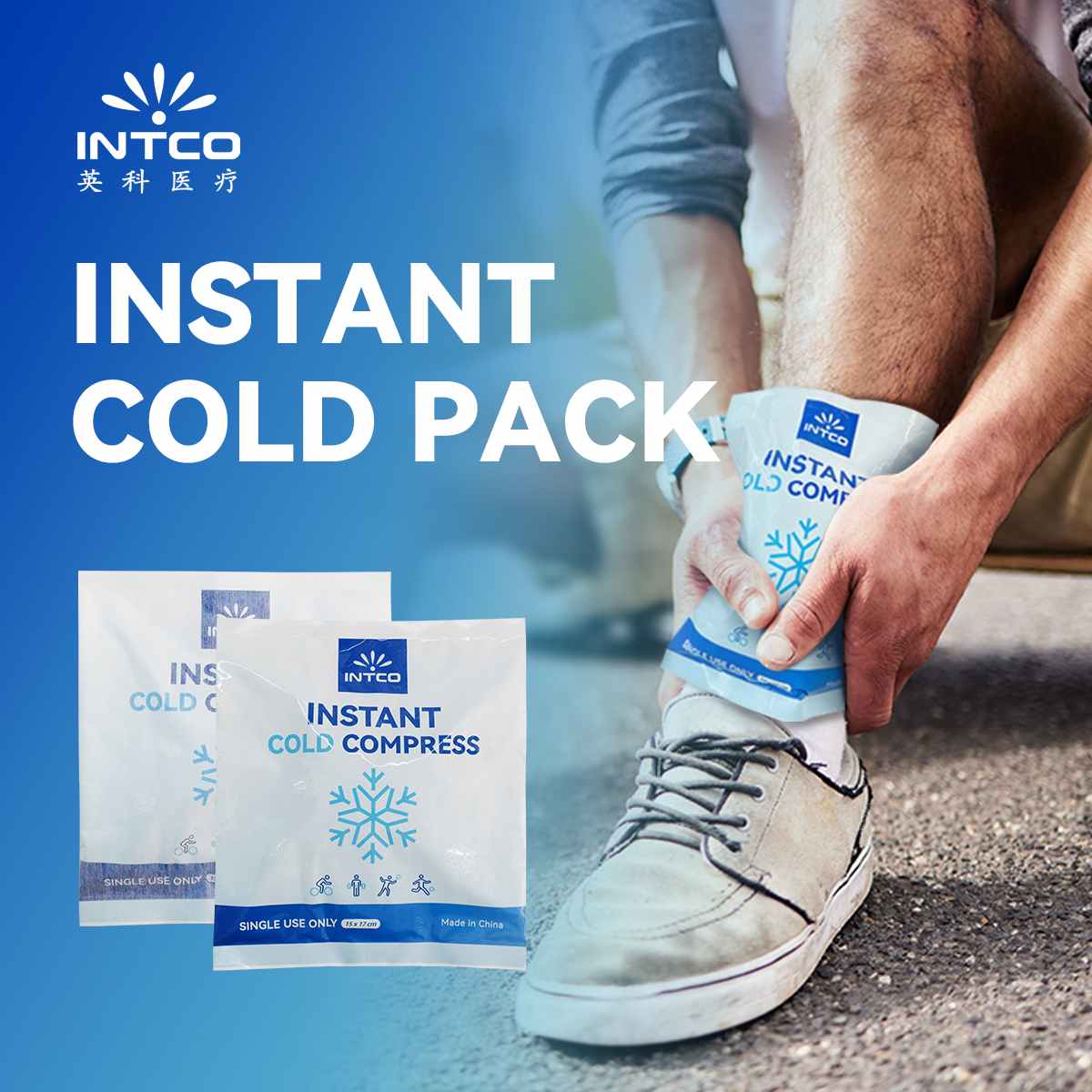The Science Behind Instant Cold Packs in Reducing Swelling
Understanding Swelling and Inflammation
What Causes Swelling and Inflammation?
Swelling and inflammation are natural defense mechanisms triggered by the body in response to injury or infection. These reactions aim to protect tissues and initiate healing. Swelling results from the accumulation of fluid, white blood cells, and other immune system elements at the site of damage. Common causes include physical injuries (such as sprains, strains, and fractures), infections, allergic reactions, and autoimmune diseases. This process typically results in redness, heat, pain, and swelling.
The Body’s Natural Response to Injury
When tissue is injured, the body initiates a cascade of biological events to begin healing. Initially, blood vessels constrict to limit bleeding, then dilate to increase blood flow to the affected area. This enhanced circulation delivers oxygen, nutrients, and immune cells necessary for repair. Chemical messengers signal immune cells to neutralize harmful pathogens and clear away damaged tissue. Although inflammation is essential for healing, excessive swelling can increase discomfort and restrict movement.
Common Conditions Leading to Swelling
-
Sprains and Strains: Overstretching or tearing of ligaments and muscles
-
Arthritis: Inflammatory conditions such as rheumatoid arthritis and osteoarthritis
-
Infections: Bacterial, viral, or fungal pathogens can cause local or systemic inflammation
-
Allergic Reactions: Immune system overreaction can cause swelling in the skin, eyes, or airway
-
Post-Surgery: Inflammation as part of the body’s recovery process
How Instant Cold Packs Work
Composition of Instant Cold Packs
Instant cold packs are designed to provide immediate, portable cold therapy. They usually consist of two main components: water and calcium ammonium nitrate/urea, sealed in separate compartments within a plastic pouch. When the pack is activated by squeezing or striking it, the inner compartment breaks, allowing the water to mix with the calcium ammonium nitrate/urea. This chemical reaction absorbs heat, rapidly cooling the pack to a temperature suitable for application to injured or swollen areas.
The Science Behind Cold Therapy
Cold therapy, or cryotherapy, works by narrowing blood vessels (vasoconstriction), reducing blood flow to the affected area. This slows inflammation, minimizes swelling, and numbs nerve endings to reduce pain. It also slows cellular metabolism, which helps limit tissue damage and speeds recovery.
Benefits of Using Instant Cold Packs Over Traditional Methods
Instant cold packs offer several advantages over traditional cold therapy methods, such as ice packs or cold compresses. Key benefits include:
- Convenience: Instant cold packs do not require refrigeration, making them ideal for use in emergencies, outdoor activities, or travel.
- Speed: They achieve the desired cooling effect almost instantly, providing rapid pain relief and inflammation control.
- Portability: Their compact and lightweight design allows for easy storage and transport in first aid kits, sports bags, and backpacks.
- Single-use: Being disposable ensures hygiene and eliminates the risk of cross-contamination, especially in settings where multiple individuals may require cold therapy.
Proper Usage of Instant Cold Packs
Steps for Effective Application
To maximize the benefits of instant cold packs, proper application is crucial. Follow these steps for effective use:
- Activate the Pack: Firmly squeeze or strike the pack to break the inner compartment, allowing the water to mix with the chemical component.
- Shake the Pack: Shake it gently to ensure the contents mix thoroughly and the cooling process begins.
- Wrap the Pack: For added comfort and to prevent skin damage, wrap the pack in a thin cloth or towel before applying it to the skin.
- Apply to Affected Area: Place the cold pack on the swollen or injured area, ensuring full coverage to maximize its effectiveness.
Duration and Frequency of Use
The duration and frequency of cold therapy are critical for safe and effective treatment. Apply the instant cold pack for 15-20 minutes at a time. Prolonged exposure can lead to skin damage or frostbite. Allow the skin to return to its normal temperature before reapplying, which typically takes about 1-2 hours. For acute injuries, cold therapy can be used several times a day during the initial 48-72 hours to reduce swelling and alleviate pain.
Precautions and Safety Tips
While instant cold packs are generally safe and effective, certain precautions should be taken to ensure proper use. First, never apply an instant cold pack directly to the skin without a protective barrier, as this can cause frostbite or ice burns. Always wrap the pack in a cloth or towel. Second, avoid using cold therapy for extended periods, as prolonged exposure can damage skin and underlying tissues. It’s essential to follow the recommended application time and frequency to balance effectiveness and safety. Finally, individuals with certain medical conditions, such as diabetes or vascular disorders, should consult a healthcare provider before using instant cold packs, as impaired circulation can affect the safety of cold therapy.
Specific Benefits of Instant Cold Packs
Immediate Pain Relief
One of the significant benefits of using instant cold packs is the immediate relief of pain. The cold temperature helps to numb nerve endings in the affected area, reducing the sensation of pain quickly. This is particularly beneficial for acute injuries, such as sprains, strains, and bruises, where the primary goal is to manage pain immediately. By minimizing discomfort, instant cold packs can make it easier for individuals to move and perform necessary first aid procedures without aggravating the injury.
Reduction in Blood Flow
Instant cold packs are effective at reducing blood flow to the injured area through the process of vasoconstriction. By constricting blood vessels, the cold temperature limits the amount of fluid that can accumulate in the tissues, thereby preventing excessive swelling. This is crucial during the initial stages of an injury when swelling can lead to increased pressure, pain, and further tissue damage. By controlling blood flow promptly, instant cold packs help manage the body’s inflammatory response more effectively.
Prevention of Secondary Damage
Another critical benefit of using instant cold packs is the prevention of secondary damage to tissues. When an area is injured, the body’s inflammatory response can sometimes cause additional harm due to excessive swelling and prolonged inflammation. By applying cold therapy, the metabolic rate of cells in the affected area is slowed, reducing the risk of further tissue damage. This controlled approach allows for a more efficient healing process, ensuring that the injury does not worsen due to secondary effects.
Comparing Different Types of Cold Therapy Solutions
Gel Packs vs. Instant Cold Packs
-
Instant Cold Packs: Do not require refrigeration, ideal for emergencies
-
Gel Packs: Reusable and moldable, better for repeated home use
Ice Baths vs. Cold Packs
-
Cold Packs: Targeted application for localized injuries
-
Ice Baths: Used for full-body recovery, such as after intense athletic activity
When to Choose One Over the Other
-
Use instant cold packs for immediate pain relief on the go
-
Choose gel packs or ice baths for ongoing treatment at home or for full-body muscle relief
Everyday and Clinical Applications
Sports Injuries
Instant cold packs are essential in sports kits for treating sprains, bruises, or impact injuries quickly to reduce pain and limit further damage.
Post-Surgical Care
Post-operative swelling and discomfort can be reduced effectively using cold packs. They support healing by limiting inflammation and easing pain without medications.
Everyday Use for Minor Injuries
Keep instant cold packs in your home for burns, bumps, and falls. Their ease of use makes them ideal for daily first aid needs.
FAQs
Can I reuse an instant cold pack?
No, they are single-use only. Once activated, they cannot be reused.
Are there any risks?
Yes. Direct skin contact can cause frostbite. Always use a protective barrier and follow directions carefully.
Can I use cold therapy with medical conditions?
Consult your doctor first, especially if you have diabetes or poor circulation.
INTCO’s Instant Cold Packs: Your Reliable First Aid Solution
INTCO Healthcare offers a wide range of high-quality instant cold packs designed to relieve swelling, inflammation, and pain. These products are ideal for joint injuries, muscle aches, surgical recovery, and everyday use. Made from durable, skin-safe materials and available in various sizes, INTCO’s cold packs provide fast, effective relief when you need it most.
Whether you’re treating an athletic injury, recovering from surgery, or managing a minor household mishap, INTCO cold packs are the reliable, hygienic, and convenient solution.

